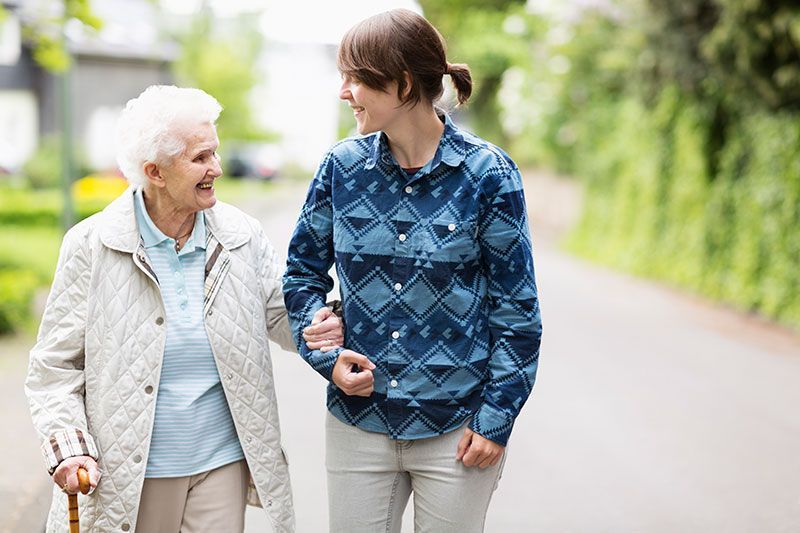
Falling is one thing we seldom take into consideration until it happens. A quick misstep, a slippery floor, or even just standing up too quickly can turn into a life-changing moment. And yet, falls are increasing, especially among older adults. What’s surprising isn’t just how common they have been, but how the risk is apparently increasing even with advances in safety, technology, and healthcare. So why does falling keep getting worse, and what can we do in order to avoid it? It starts with understanding why seniors are falling more often.
Contemporary Lifestyles and Inactivity
One contributing factor is how modern lifestyles have evolved. Sedentary habits, like spending too much time sitting at desks, watching screens, or commuting, can cause poorer balance and weakened muscles. Without regular movement to keep your body engaged, reflexes dull, and simple movements can feel unsteady. The irony is that while modern life brings convenience, it also plays a role in physical inactivity, helping to make falling much more likely. I have noticed this in my own life! After an extended day sitting at my desk, even standing can feel stiff and awkward.
Underlying Health Issues
Health problems also play a significant role. Conditions like high blood pressure, arthritis, and diabetes impact mobility and coordination, while medications to treat these illnesses can cause side effects such as dizziness or fatigue. These factors combine to create a perfect storm, where health management itself becomes a fall risk.
Environmental Dangers
Another aspect to think about is the environment. Many homes are full of hidden hazards that often go unnoticed until it is too late. Poor lighting, cluttered spaces, slippery throw rugs, and uneven surfaces are typical contributors. For those who live in older homes or apartments, stairs and narrow hallways can also be hard to navigate safely.
Mental and Sensory Changes
What is surprising is simply how much mental and sensory health contributes to falls. Changes in vision, slower reflexes, or even mild cognitive impairment can reduce awareness of potential risks or delay reactions when something unexpected occurs. It is not just about physical strength but the way the mind and the body communicate.
Steps to Stay Safe
To manage these risks, the steps below can make a big difference:
- Get Regular Check-Ups: Regularly review medications with a physician to learn about potential side effects, and address vision or hearing changes as they arise.
- Wear Proper Footwear: Choose shoes with good grip and support to reduce slipping hazards.
- Stay Active: Incorporate balance and strength exercises, like yoga or tai chi, to enhance stability and confidence. Even daily walks can help.
- Assess Fall Risk: This free checklist can help determine an older loved one’s risk of falling.
- Improve Home Safety: Clear clutter, secure loose rugs, install better lighting, and consider grab bars in bathrooms or along stairways.
Falling doesn’t have to define life as we get older. Taking these simple, proactive steps can help make sure that each day is lived with balance—both physically and emotionally.
For a complimentary in-home consultation and tips about how to lessen the chance of a fall for someone you love in Boston, North Shore, South Shore, and the surrounding areas in Eastern Massachusetts, with live-in care services available throughout New Hampshire, Vermont, Maine, and Massachusetts, reach out to us at 617-376-3711.



